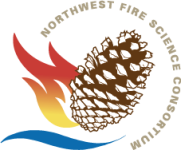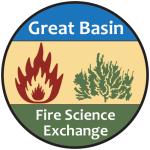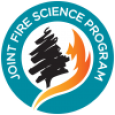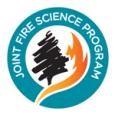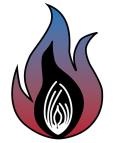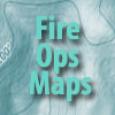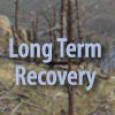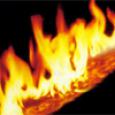Ecoshare provides information on the environment, ecology, and natural resources. We include publications, data sets, code sets, GIS data, and plant photography to a wide audience. Our spirit is interdisciplinary and interagency. All materials presented here are in the public domain.
The Northwest Fire Portal provides information about fire science and technology relevant to the northwestern contiguous United States. Our goal is to provide "one-stop shopping" for resource managers, decision makers, scientists, students, and communities who want access to the results of efforts to understand and manage fire and fuels on lands in the Northwest. Content within this portal may also be relevant to the temperate forests of southwestern Canada. Much of the Northwest-related content was originally compiled through the FIREHouse project (the Northwest and Alaska Fire Research Clearinghouse), funded by the Joint Fire Science Program.
Highlighted Content
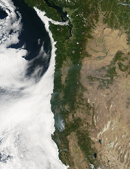
Ecoshare: Interagency Clearinghouse of Ecological Information
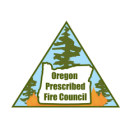
Oregon Prescribed Fire Council
The mission of the Oregon Prescribed Fire Council is to serve as a venue for practioners, state and federal agencies, academic institutions, tribes, coalitions, and interested individuals to collaboratively promote and conserve the fire adapted natural ecosystems in Oregon, and expand the responsible use of prescribed fire.
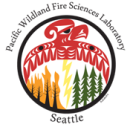
Pacific Wildland Fire Sciences Laboratory
Researchers at the USDA Forest Service's Pacific Wildland Fire Sciences Laboratory study a wide variety of wildland fire topics: fire behavior, combustion science, biomass assessments, fire ecology, fire management, prescribed fires, fire-climate change interactions, landscape ecology, emissions of greenhouse gases, fire policy, and traditional fire use by indigenous communities.

Washington Prescribed Fire Council
The Washington Prescribed Fire Council is a collaborative group working to protect, conserve and expand the safe use of prescribed fire in the State of washington. The group includes state and federal agencies, non-governmental organizations, private industry, tribes, universities, and more.
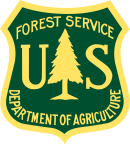
WWETAC: Western Wildland Environmental Threat Assessment Center
The Western Wildland Environmental Threat Assessment Center (WWETAC) predicts, detects, and assesses existing and potential environmental threats to western wildlands. Syntheses, models, and application tools are developed to provide information and assist management of natural resources and the landscapes that provide them. Interdisciplinary and cross-boundary analyses are conducted, such as understanding human perceptions of fire risk, or conducting and combining socioeconomic and biophysical vulnerability assessments to understand how concurrent threats are translated across the landscapes and affect human well-being.

